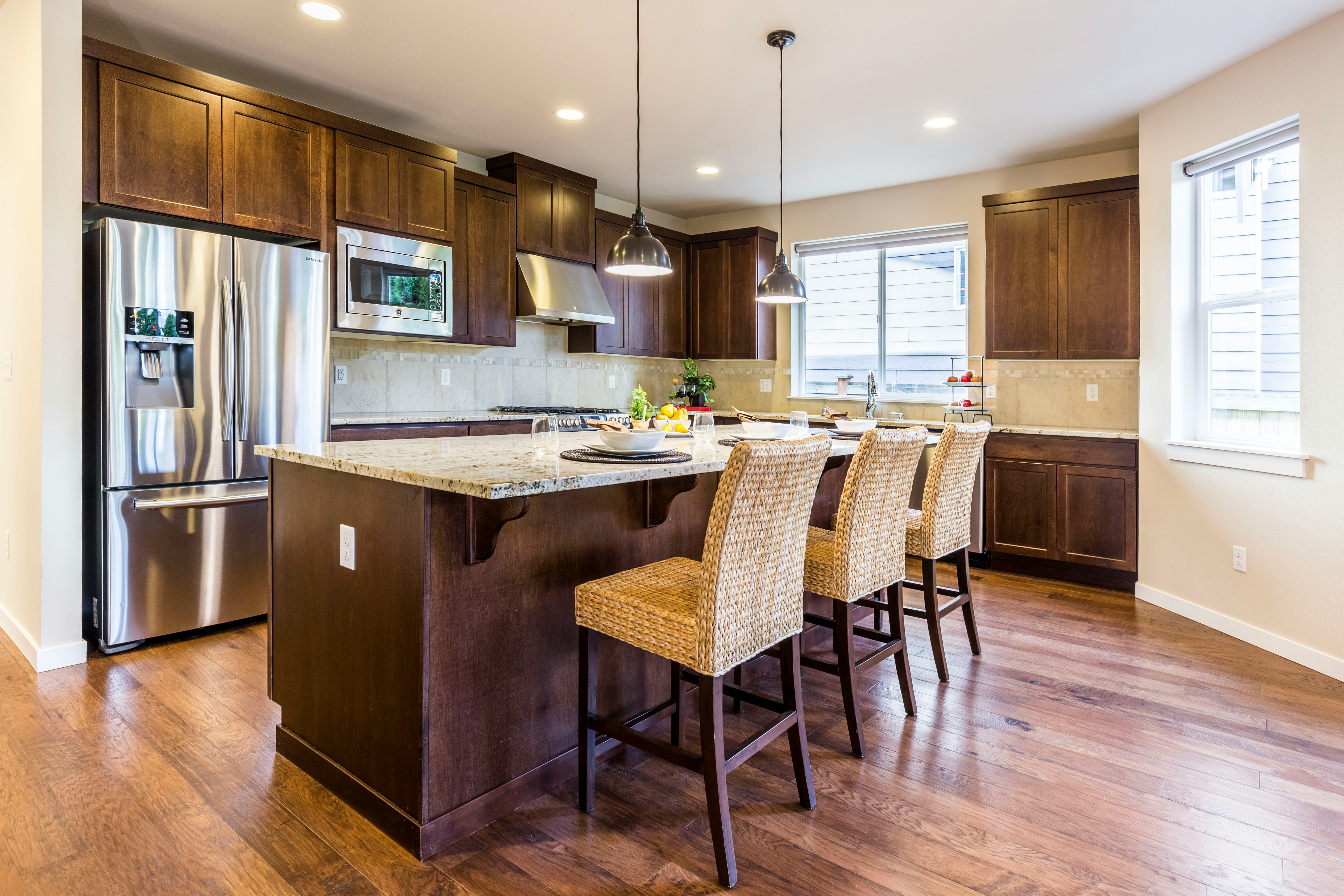Mistakes People Make When Buying a Refrigerator in the USA
Purchasing a refrigerator represents a significant investment in your home's functionality. Many consumers face challenges during the selection process that can lead to costly mistakes or inconvenient outcomes. Understanding common pitfalls and essential considerations helps ensure a practical purchase that serves your household's needs effectively while maximizing energy efficiency and storage capacity.

Overlooking Critical Measurements and Space Requirements
Before selecting a refrigerator, accurate measurements are crucial for proper fit and functionality. Common measurement oversights include failing to account for door swing clearance, neglecting to measure the delivery path through doorways and hallways, and not considering height clearance for built-in models. Additionally, proper ventilation space requirements around the unit are frequently overlooked, potentially affecting performance and energy efficiency.
Disregarding Energy Efficiency Ratings and Operating Costs
Energy consumption significantly impacts long-term ownership costs. Many buyers focus solely on the purchase price without considering annual operating expenses. Modern refrigerators display Energy Star ratings and estimated yearly energy consumption, which helps calculate potential savings over the appliance’s lifespan. Comparing these metrics across different models provides valuable insight into total ownership costs.
Mismatching Storage Capacity with Household Needs
Selecting inappropriate refrigerator capacity leads to either wasted space and energy or insufficient storage. A household should plan for approximately 4-6 cubic feet of fresh food storage per adult. Consider shopping patterns, cooking habits, and special storage needs when determining size requirements. Remember that overly large units consume more energy, while undersized ones may necessitate frequent shopping trips.
Ignoring Important Features and Configuration Options
Many buyers overlook crucial features that affect daily usability. Consider the following aspects:
-
Door configuration (French door, side-by-side, top or bottom freezer)
-
Adjustable shelf positioning
-
Temperature-controlled drawers
-
Water and ice dispenser maintenance requirements
-
Interior lighting placement
-
Humidity controls for produce storage
Failing to Research Reliability and Maintenance Requirements
Different brands and models vary in reliability and repair frequency. Investigating common issues, warranty coverage, and availability of local repair services helps avoid future headaches. Regular maintenance requirements and filter replacement costs should factor into the purchase decision.
Comparative Cost Analysis of Popular Refrigerator Types
| Configuration Type | Average Price Range | Annual Energy Cost | Key Features |
|---|---|---|---|
| Top Freezer | $500-1,200 | $30-45 | Basic features, most energy efficient |
| Bottom Freezer | $1,000-2,000 | $35-50 | Better fresh food access, more storage |
| Side-by-Side | $1,200-3,000 | $40-60 | Narrow door swing, ice/water options |
| French Door | $1,500-4,000 | $40-65 | Wide shelf space, multiple storage zones |
Prices, rates, or cost estimates mentioned in this article are based on the latest available information but may change over time. Independent research is advised before making financial decisions.
Understanding refrigerator features, configurations, and long-term costs helps avoid common purchasing mistakes. Taking time to measure carefully, assess household needs, and research efficiency ratings results in a more informed decision. Consider both immediate and long-term factors when selecting a refrigerator to ensure satisfaction with this essential home appliance.




